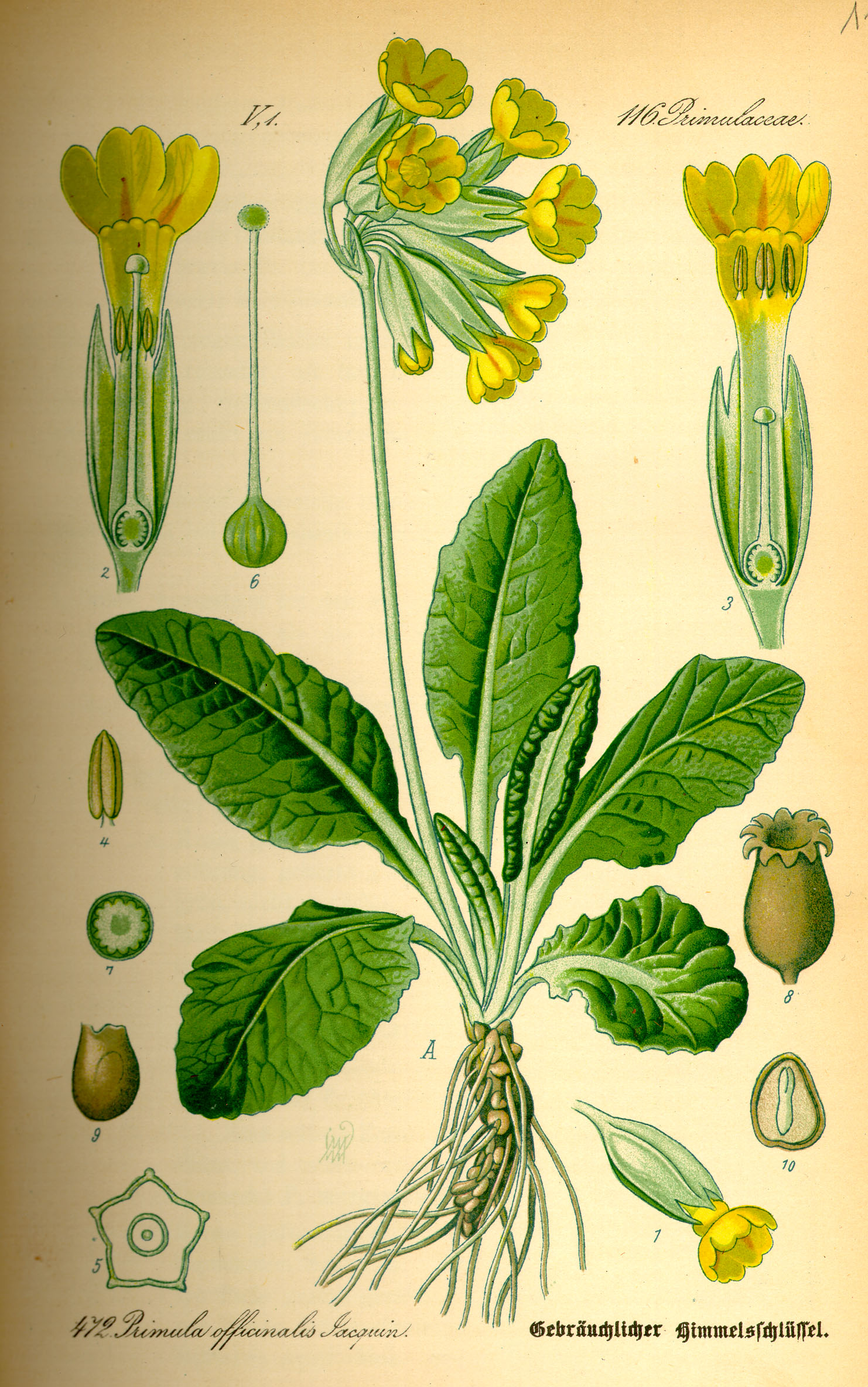|
Geissanthus
''Geissanthus'' is a genus of shrubs and trees in the family Primulaceae. There are 51 species distributed in South America, with 25 of them in forests of the Andes. Arboles y Arbustos de los Andes del Ecuador. eFloras. Species include: * '''' Pipoly * '''' Mez * '' |
Geissanthus Fallenae
''Geissanthus fallenae'' is a species of plant in the family Primulaceae. It is endemic to Ecuador. References Endemic flora of Ecuador fallenae Endangered plants Taxonomy articles created by Polbot {{Primulaceae-stub ... [...More Info...] [...Related Items...] OR: [Wikipedia] [Google] [Baidu] |
Geissanthus Pichinchae
''Geissanthus pichinchae'' is a species of plant in the family Primulaceae. It is endemic to Ecuador. References pichinchae Endemic flora of Ecuador Near threatened flora of South America Taxonomy articles created by Polbot {{Primulaceae-stub ... [...More Info...] [...Related Items...] OR: [Wikipedia] [Google] [Baidu] |
Geissanthus Challuayacus
''Geissanthus challuayacus'' is a species of plant in the family Primulaceae. It is endemic to Ecuador. References challuayacus Endemic flora of Ecuador Vulnerable plants Taxonomy articles created by Polbot {{Primulaceae-stub ... [...More Info...] [...Related Items...] OR: [Wikipedia] [Google] [Baidu] |
Geissanthus Ecuadorensis
''Geissanthus ecuadorensis'' is a species of tree in the family Primulaceae. It is native to Ecuador and Peru. ''G. ecuadorensis'' is considered a vulnerable species by the IUCN The International Union for Conservation of Nature (IUCN; officially International Union for Conservation of Nature and Natural Resources) is an international organization working in the field of nature conservation and sustainable use of natu .... References ecuadorensis Vulnerable plants Trees of Ecuador Trees of Peru Taxonomy articles created by Polbot Plants described in 1902 {{Primulaceae-stub ... [...More Info...] [...Related Items...] OR: [Wikipedia] [Google] [Baidu] |
Geissanthus Vanderwerffii
''Geissanthus vanderwerffii'' is a species of plant in the family Primulaceae. It is Endemism, endemic to Ecuador. References Geissanthus, vanderwerffii Endemic flora of Ecuador Near threatened flora of South America Taxonomy articles created by Polbot {{Primulaceae-stub ... [...More Info...] [...Related Items...] OR: [Wikipedia] [Google] [Baidu] |
Geissanthus Pinchinchana
''Geissanthus pinchinchana'' is a species of plant in the family Primulaceae. It is endemic to Ecuador Ecuador ( ; ; Quechuan languages, Quechua: ''Ikwayur''; Shuar language, Shuar: ''Ecuador'' or ''Ekuatur''), officially the Republic of Ecuador ( es, República del Ecuador, which literally translates as "Republic of the Equator"; Quechuan .... References pinchinchana Endemic flora of Ecuador Endangered plants Taxonomy articles created by Polbot {{Primulaceae-stub ... [...More Info...] [...Related Items...] OR: [Wikipedia] [Google] [Baidu] |
Geissanthus Spectabilis
''Geissanthus spectabilis'' is a species of tree in the family Primulaceae. It is endemic to Peru , image_flag = Flag of Peru.svg , image_coat = Escudo nacional del Perú.svg , other_symbol = Great Seal of the State , other_symbol_type = Seal (emblem), National seal , national_motto = "Fi .... References spectabilis Endemic flora of Peru {{Primulaceae-stub ... [...More Info...] [...Related Items...] OR: [Wikipedia] [Google] [Baidu] |
Primulaceae
The Primulaceae , commonly known as the primrose family (but not related to the evening primrose family), are a family of herbaceous and woody flowering plants including some favourite garden plants and wildflowers. Most are perennial though some species, such as scarlet pimpernel, are annuals. Previously one of three families in the order Primulales, it underwent considerable generic re-alignment once molecular phylogenetic methods were used for taxonomic classification. The order was then submerged in a much enlarged order Ericales and became a greatly enlarged Primulaceae ''sensu lato'' (''s.l''). In this new classification of the Angiosperm Phylogeny Group, each of the Prumulales families was reduced to the rank of subfamily of Primulaceae ''s.l.'' The original Primulaceae (Primulaceae ''sensu stricto'' or ''s.s.'') then became subfamily Primuloideae, and one genus (''Maesa'') was raised to the rank of a separate subfamily, making four in all. Description The family sha ... [...More Info...] [...Related Items...] OR: [Wikipedia] [Google] [Baidu] |
Shrub
A shrub (often also called a bush) is a small-to-medium-sized perennial woody plant. Unlike herbaceous plants, shrubs have persistent woody stems above the ground. Shrubs can be either deciduous or evergreen. They are distinguished from trees by their multiple stems and shorter height, less than tall. Small shrubs, less than 2 m (6.6 ft) tall are sometimes termed as subshrubs. Many botanical groups have species that are shrubs, and others that are trees and herbaceous plants instead. Some definitions state that a shrub is less than and a tree is over 6 m. Others use as the cut-off point for classification. Many species of tree may not reach this mature height because of hostile less than ideal growing conditions, and resemble a shrub-sized plant. However, such species have the potential to grow taller under the ideal growing conditions for that plant. In terms of longevity, most shrubs fit in a class between perennials and trees; some may only last about fiv ... [...More Info...] [...Related Items...] OR: [Wikipedia] [Google] [Baidu] |
Cyrus Longworth Lundell
Cyrus Longworth Lundell (November 5, 1907 – March 28, 1994) was an American botanist. Education Lundell did his undergraduate studies at Columbia University and Southern Methodist University. He completed his BA at the later in 1932. He then entered New York University's graduate school of business administration, but seems not to have completed course work there. He received an M.A. from the University of Michigan in 1934 and a Ph.D. from the same institution in 1936. It appears based on his later professorship that his Ph.D. was in botany. Early achievement At the age of 21, in 1928, Lundell was a sophomore at Southern Methodist University (SMU). He was appointed assistant physiologist at the Tropical Plant Research Foundation in Washington, D.C. He was to assist in British Honduras, with experiments on the sapodilla tree (''Achras zapota''), which yields chicle, for the U.S. chewing gum industry. Chicle Chicle is the natural gum from trees of the genus ''Manilkara'', tr ... [...More Info...] [...Related Items...] OR: [Wikipedia] [Google] [Baidu] |

